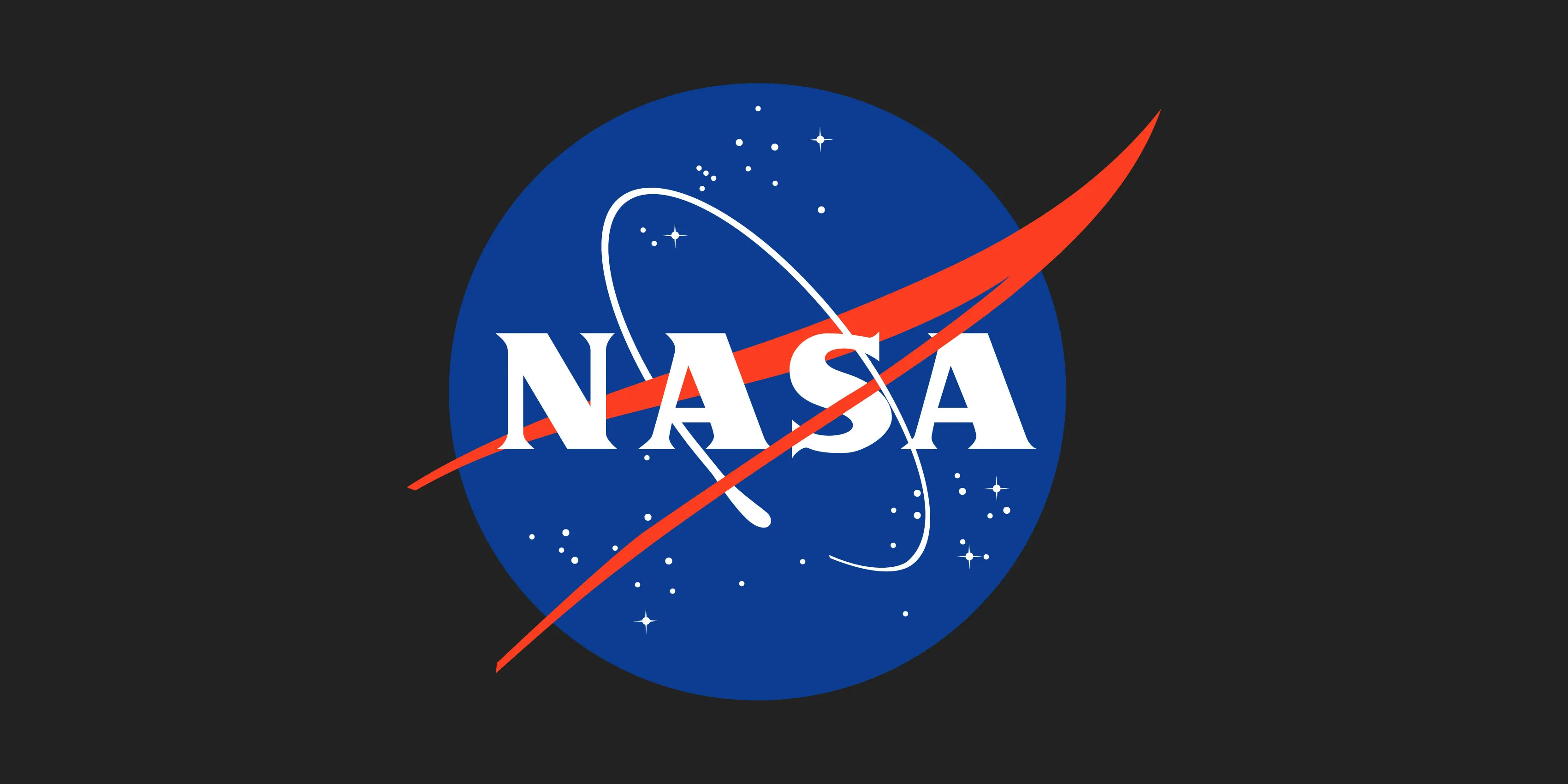SatNews
Original Publication Date: 2023-10-12 00:00

Planet Labs PBC (NYSE: PL) has announced that the company’s Pelican tech demonstration satellite, Pelican-1, along with 36 SuperDoves, have arrived at Vandenberg Space Force Base in preparation for launch next month. Pelican-1 is the first tech demonstration of Planet’s next-generation, high-resolution fleet. The 36 SuperDoves will contribute to Planet’s daily monitoring PlanetScope mission.
Journey to a Metal-Rich World: NASA’s Psyche Is Ready to Launch

Psyche’s efficient solar electric propulsion system works by accelerating and expelling charged atoms, or ions, of the neutral gas xenon. It will gently push the spacecraft on a journey of nearly six years and about 2.2 billion miles (3.6 billion kilometers) to the asteroid Psyche. Scientists believe Psyche could be part of the core of a planetesimal – an early planetary building block.
ST Engineering iDirect appoints Senior Vice Presidents – SatNews
Original Publication Date: 2023-10-11 00:00

Sridhar Kuppanna has been appointed as its new Senior Vice President of Engineering. Cynthia Harty, Senior Vice President of Corporate Strategy, has been appointed to the leadership team. Harty will focus on standards-based innovation, strengthening industry relationships and expanding ST Engineering iDirect’s presence in the broader telecommunications ecosystem.
Xodiac flies 1st Astrobotic customer campaign – SatNews
Original Publication Date: 2023-10-11 00:00

Astrobotic successfully completed a flight test campaign for the University of Central Florida (UCF) The campaign consisted of four flights aboard Astrobotic’s Xodiac VTVL rocket to test UCF’s Ejecta STORM laser sensor. This test campaign will provide valuable data for researchers, including Dr. Phil Metzger, as they seek to better understand PSI for humanity’s return to the Moon.
4 Geo satellites have problems – SatNews
Original Publication Date: 2023-10-11 00:00

Avanti Communications and YahSat have issues with orbiting satellites. There are also reports that two so-called Space Tugs are also suffering problems. The insurance industry, already reeling from problems on a Viasat satellite and a major claim on an Inmarsat craft, are expecting significant claims to be made.
OSIRIS-REx Delivers NASA’s First Asteroid Sample to Earth

NASA Science website has been updated to include the latest news from the agency. We are working to continuously improve our site. Please share your feedback about our site with us at the bottom of the page. Back to Mail Online home. Back to the page you came from.
5 Things to Know About NASA’s Deep Space Optical Communications

DSOC is an experiment attached to NASA’s Psyche spacecraft. It features a near-infrared laser transmitter to send high-rate data to Earth. There is no dedicated infrastructure on Earth for deep space optical communications. Data sent from the flight transceiver will be collected by the 200-inch Hale Telescope.
NASA’s Webb Captures an Ethereal View of NGC 346

New image shows NGC 346, the brightest and largest star-forming region in the Small Magellanic Cloud. The SMC is a satellite galaxy of the Milky Way, visible to the unaided eye in the southern constellation Tucana. Since cosmic dust is formed from heavy elements like silicon and oxygen, scientists expected the SMC to lack significant amounts of dust.
NASA's Perseverance Captures Dust-Filled Martian Whirlwind – NASA Mars Exploration

NASA's Perseverance rover spotted the twister as part of an atmospheric exploration of Jezero Crater. Dust devils are one of the mechanisms that move and redistribute dust around Mars. Scientists study them to better understand the Martian atmosphere and improve their weather models. The video, which was sped up 20 times, is composed of 21 frames taken four seconds apart.
